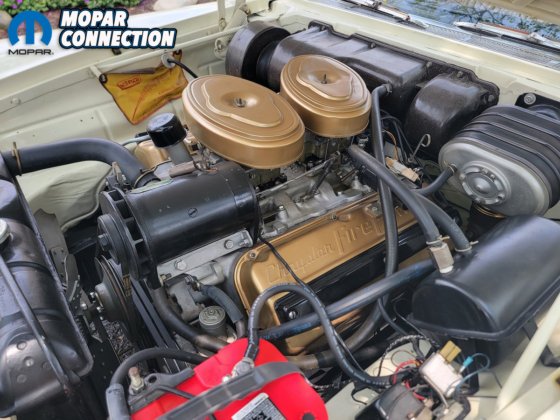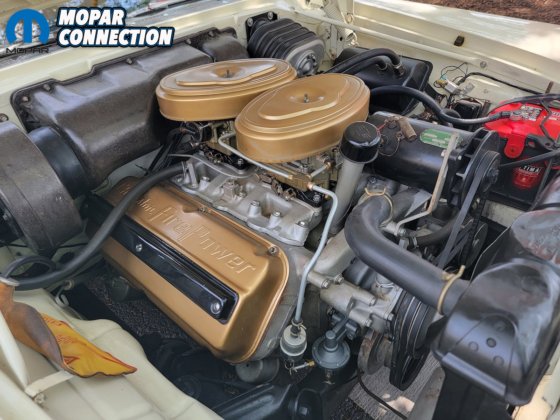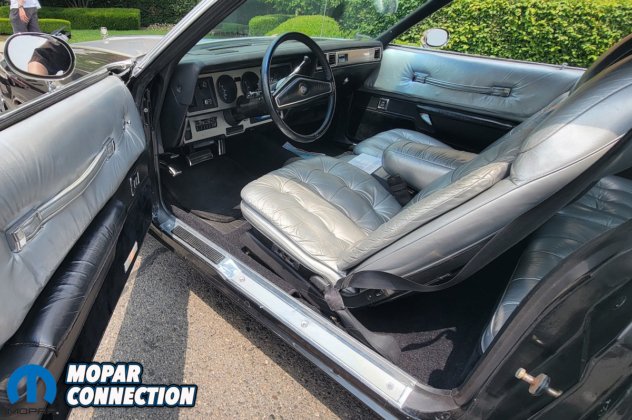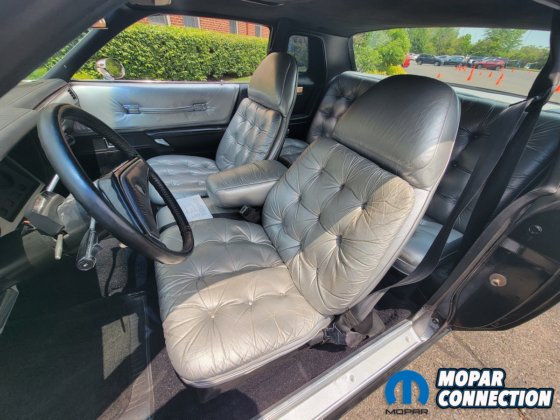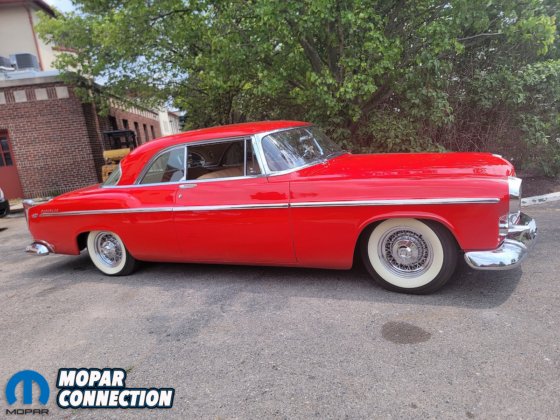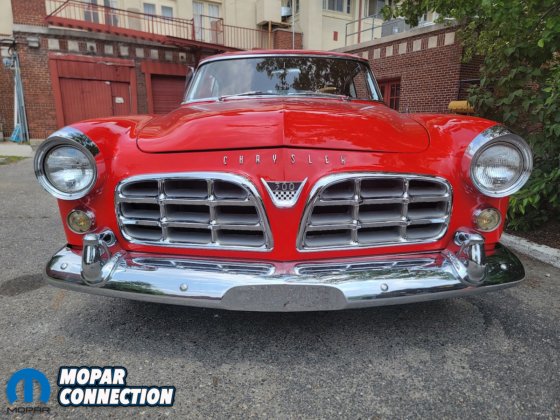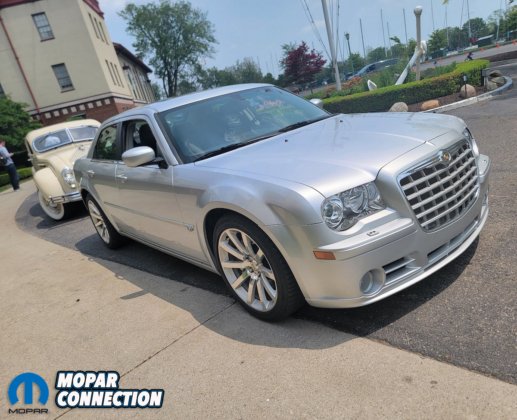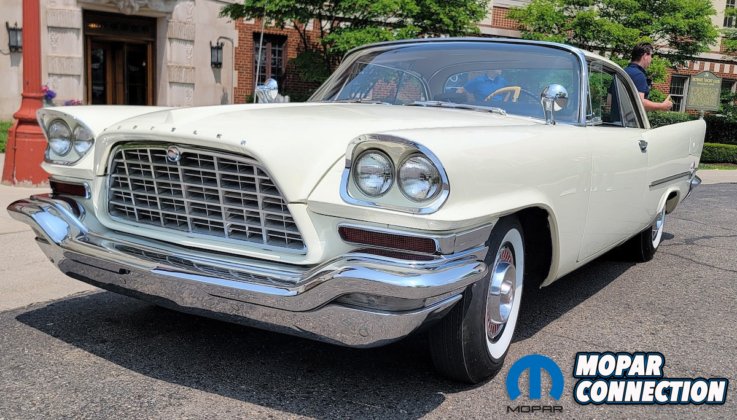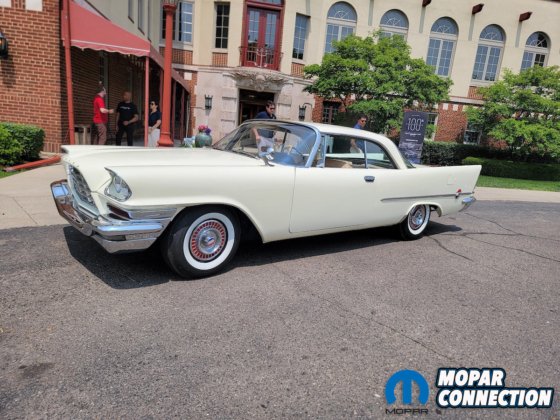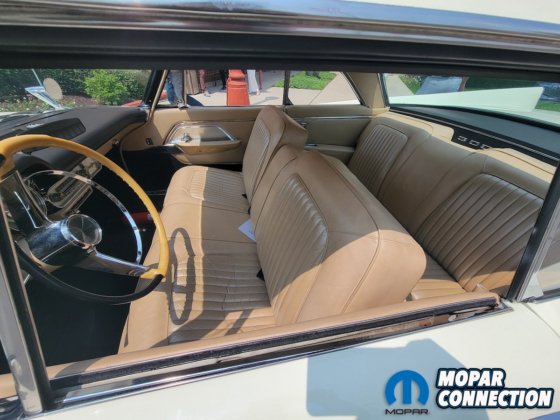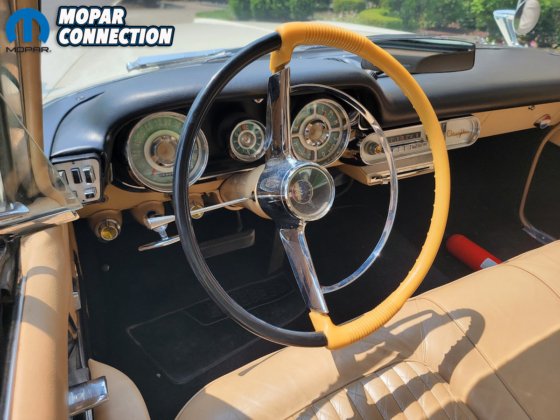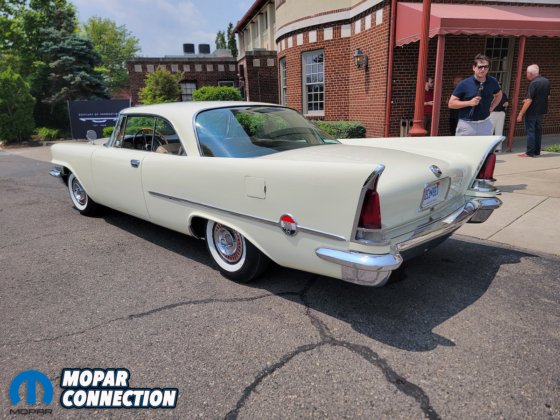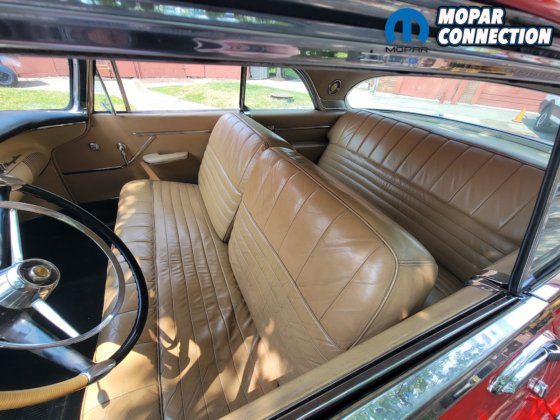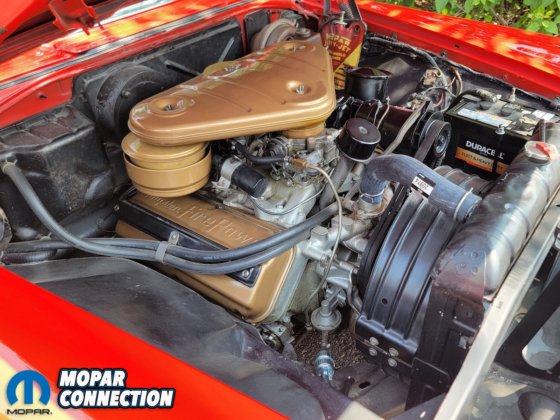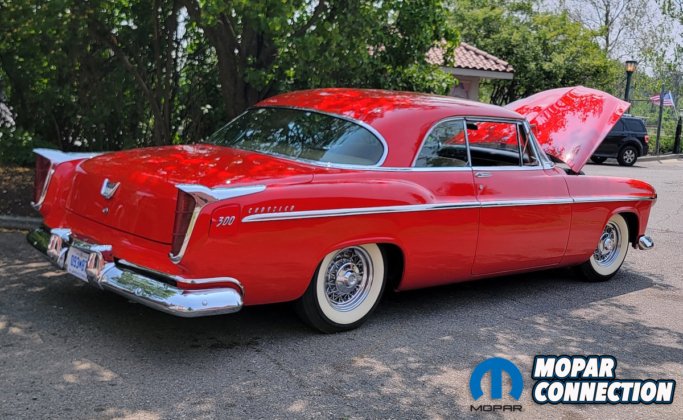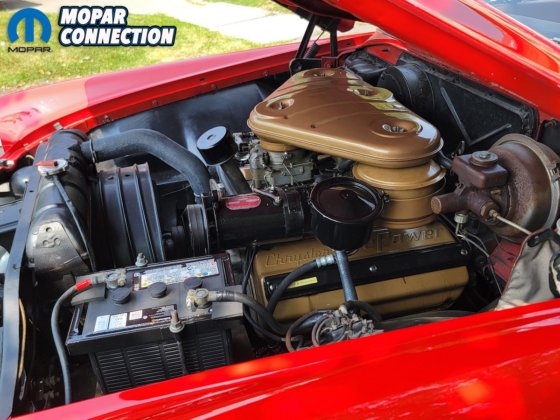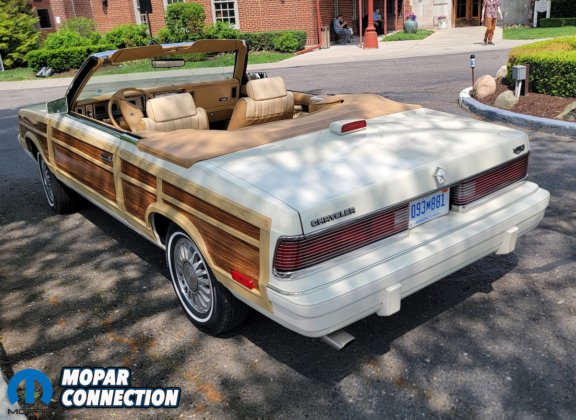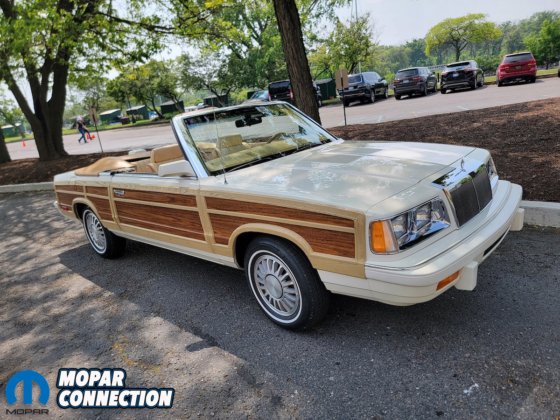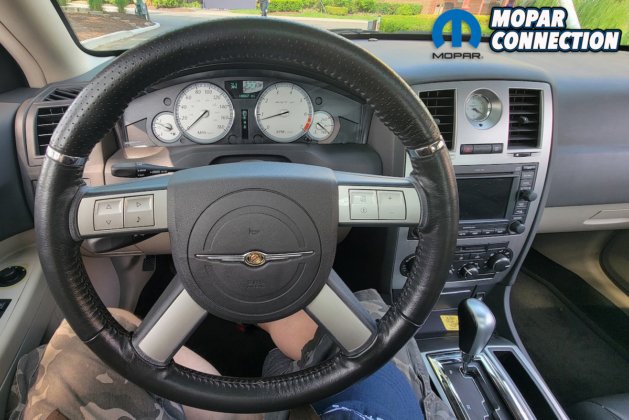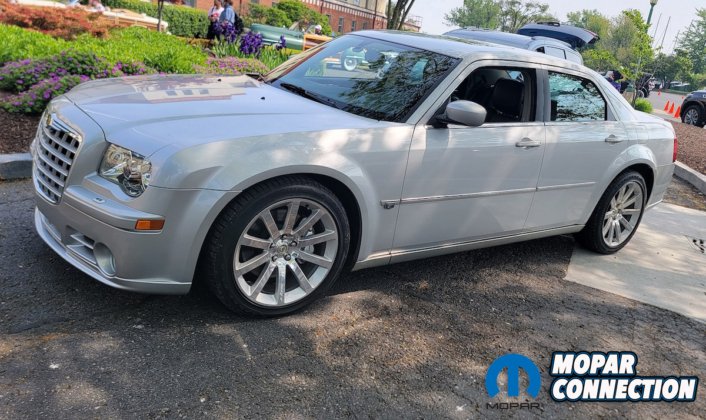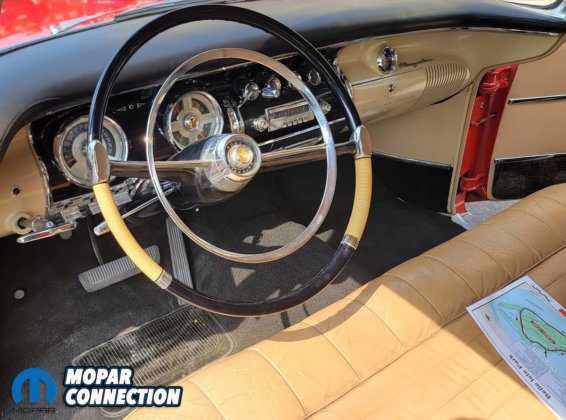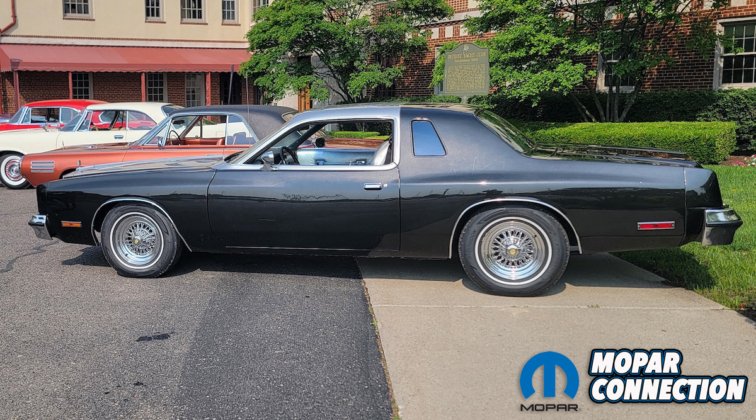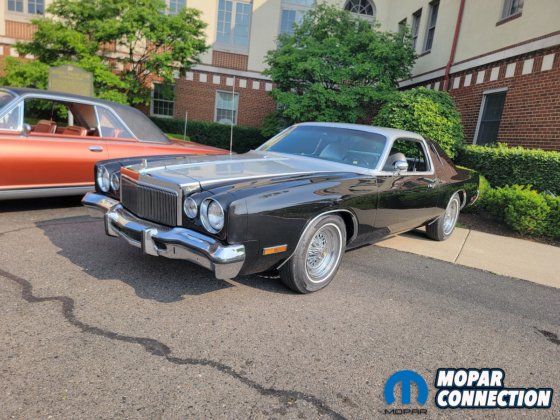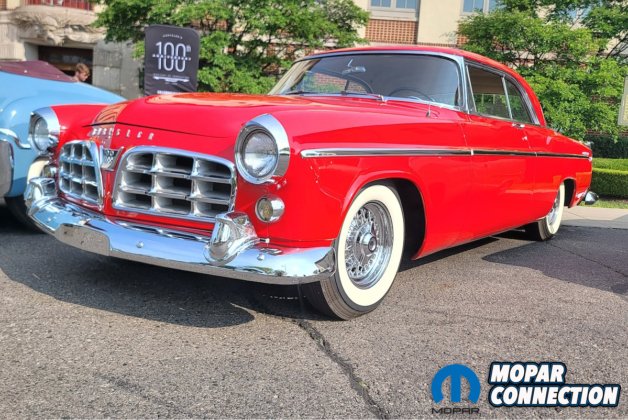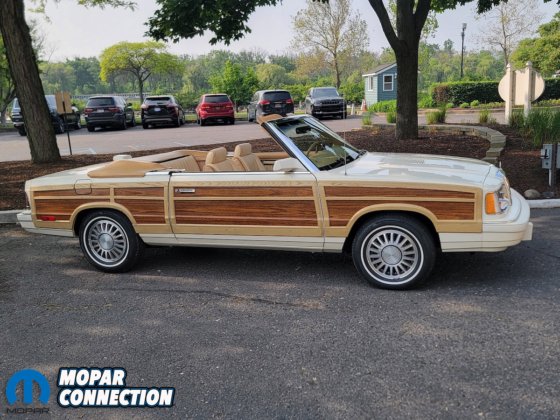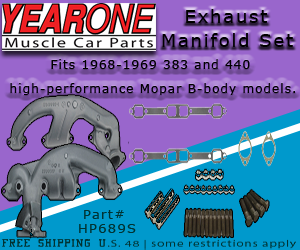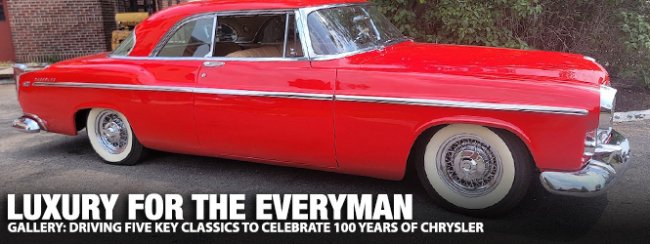
The Chrysler brand turns 100 years old in 2025 and to commemorate the centennial celebration, the company held an invite-only event on Detroit’s Belle Isle. That event included the introduction of the 100th Anniversary Edition package for the Chrysler Pacifica, an array of concept cars on display and – most importantly – a chance to drive some of the most significant vehicles in the brand’s history.
Similarly to the Dodge 100th anniversary celebration back in 2014, the folks from the Chrysler brand team brought out a nice spread of cars from the company’s historical collection (formerly the Walter P. Chrysler Museum) to display, but they also brought five cars for the guests to drive. The lineup of test drive cars included the 1955 Chrysler C-300, the 1958 Chrysler 300D, the 1976 Chrysler Cordoba, the 1986 Chrysler Town & Country convertible and the 2005 Chrysler 300 SRT-8.
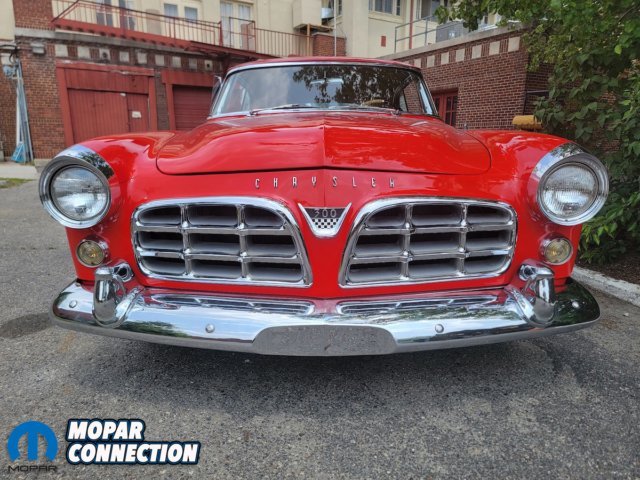
1955 Chrysler C-300
The 1955 Chrysler C-300 is often regarded by many as being the first muscle car, more than a decade before “muscle car” became a common term. The C-300 was the first American production car with 300+ horsepower and in packing all of that power into the relatively small 300, the first muscle car hit the streets. That horsepower was provided by a 331-cubic inch FirePower Hemi topped by a dual four-barrel setup and was accompanied by 345 lb-ft of torque, in a model year where the Chevrolet Corvette offered just 195 horsepower and 260 lb-ft of torque.
This particular 1955 C-300 has been a mainstay in the company’s historical collection for decades and the gentleman who is responsible for mechanically maintaining all of the cars in the collection was not able to get this beauty running quite as well as he would have liked.
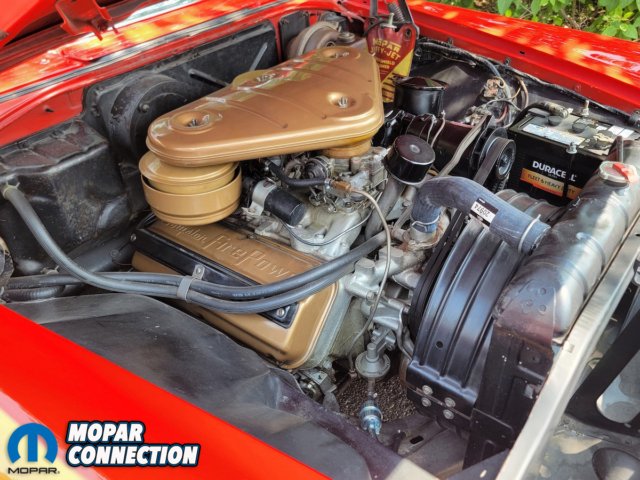
The dual quad Hemi started up and idled nicely, but it was loading up a bit while in traffic on the drive route and if you tried to accelerate in high, it didn’t have much to give. However, when shifted into low gear, even with the carbs feeling a little gunked-up, America’s first 300 horsepower production car would flex a little muscle through the mid-range.
While the 1955 Chrysler C-300 offered the acceleration feel that one would expect, the gigantic steering wheel and antique steering system felt far more like a luxury car than a performance car. Then again, the C-300 was called the “Banker’s Hot Rod” because it combined performance with comfort, and in terms of handling, ride quality and interior comforts, this car felt far more plush than the performance cars of the muscle car era. That being said, the drive around Belle Isle left little question as to why the 1955 Chrysler C-300 is one of the most legendary performance cars in the history of the American auto industry.
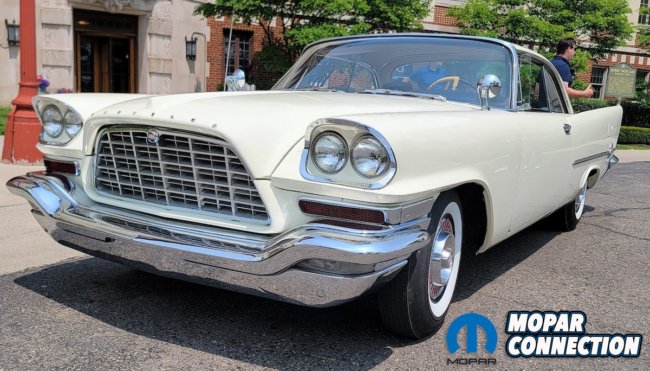
1958 Chrysler 300D
The 1958 Chrysler 300D was the last of the Chrysler letter cars to feature Hemi power. More specifically, this classic Chrysler is powered by a 392-cubic inch Hemi that delivers 380 horsepower and 435 lb-ft of torque, and it is paired with a 3-speed TorqueFlite automatic transmission that is controlled via the push-button panel on the left side of the dashboard.
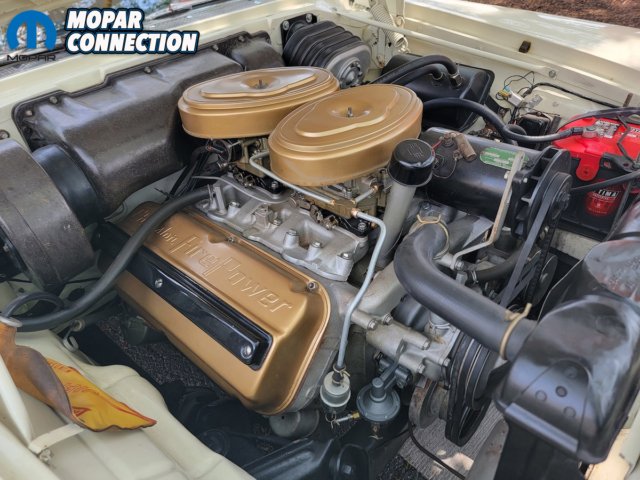
While the ‘55 was running a bit rough, the dual quad Hemi in this 1958 300D had recently been tuned up, so it was running quite a bit better than the C-300. Throttle response was much crisper, the transmission provided a much sportier feel than the two-speed in the older model and the steering was much sharper, so driving the 300D and the C-300 back-to-back showed how much the model had advanced in just a few years.
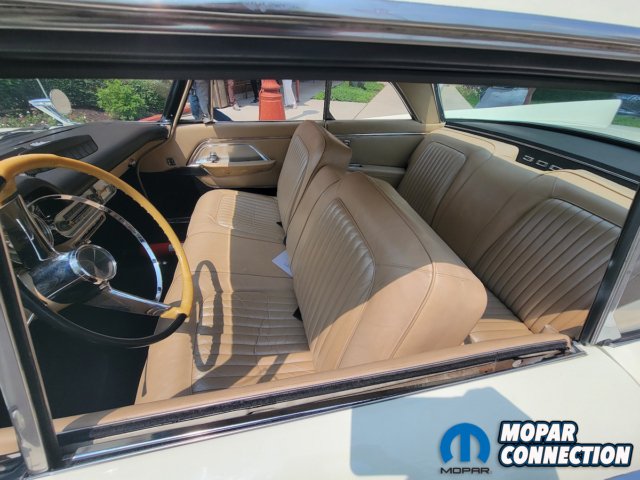
That is not to suggest that the C-300 was not fun to drive, but the extra power and refinement of the 300D made it feel like a far more formidable street machine. Also, while the Hemi in this 1958 was far smaller than the 426 Hemi of the 1960s and 1970s, the FirePower in this 300D offered a similar, choppy grumble to the later Hemis – making the exhaust note a wonderful soundtrack for the cruise around the island.
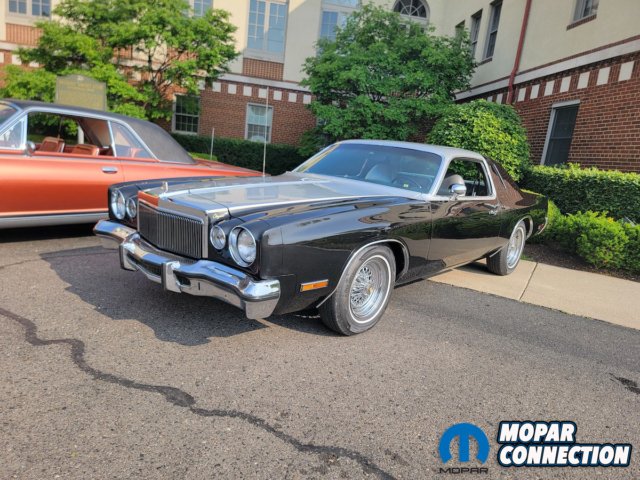
1976 Chrysler Cordoba
This particular 1976 Chrysler Cordoba was driven by Ricardo Montalban during his time as a spokesperson for the brand, but that isn’t the only reason why this car is special. This was also the car that was used to introduce the world to the then-new Cordoba, which was marketed as a personal luxury car. To make this show car more luxurious, the interior vinyl including the seats and the door panels (it was not Corinthian leather) were painted silver and the two-tone exterior featured a unique metallic black…although buyers could not order silver interior or that two-tone metallic black finish.
The 1976 Cordoba was one of the V8-powered vehicles that suffered the most from the early introduction of emission-control features, commonly known as “smog era engines”. With just 185 horsepower and 270 lb-ft of torque, this was the least powerful of the rear-drive test drive vehicles at Chrysler’s 100th Anniversary event, but this car wasn’t about high performance – it was about affordable opulence. Keep in mind that the Cordoba was introduced as part of the push for “personal luxury cars”, so comfort was far more of a focus than performance.
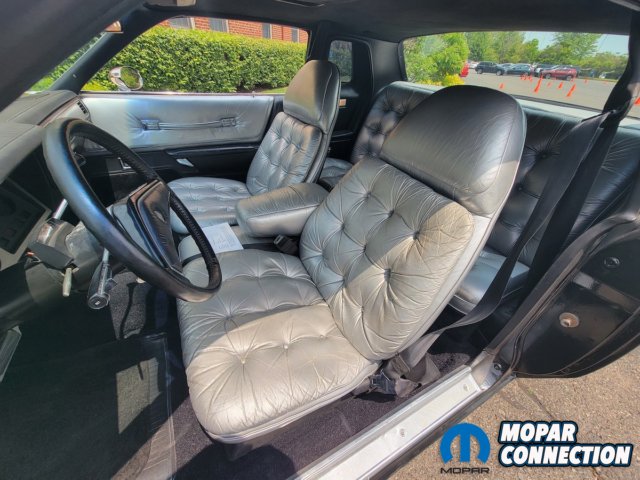
It came as a surprise to many people who participated in the drive event, but the plushly padded seats of the Cordoba provided the most comfortable ride of any of the vehicles on hand. There was more of that thick padding on the doors, so pretty much anywhere the driver touches is cushioned like an expensive sofa. The entire face of the dash was finished in a brushed steel look with chrome trim on pretty much everything, serving as a reminder that this was a two-door luxury car.
While it didn’t pack big power, the 360 cubic inch V8 provided a very user-friendly driving experience and, if nothing else, this car provided a great look at how the luxury segment shifted (and suffered) in the late 1970s and early 1980s due to booming emission regulations.
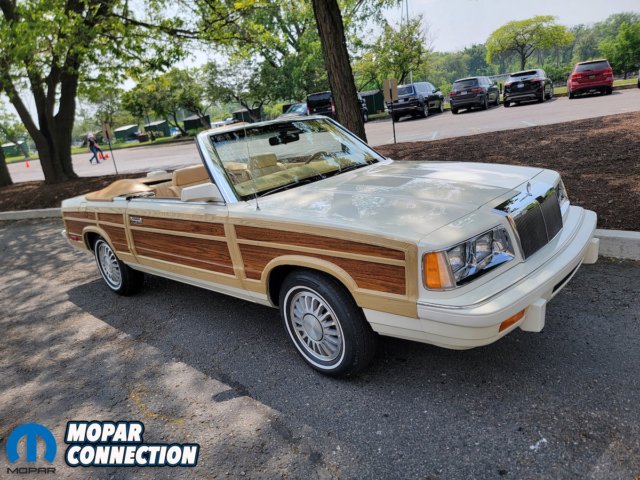
1986 Chrysler Town & Country Convertible
The 1986 Chrysler Town & Country was significant because it was one of the cars that reintroduced America to the convertible. Drop top models had vanished from the American motoring landscape in the late 1970s and early 1980s, but the Town & Country was one of the models that helped popularize convertibles in the United States.
This particular Town & Country Convertible was actually owned by Lee Iacocca, but Chrysler historian Brandt Rosenbusch explained that the car was mostly driven by his daughters, as Iacocca rarely drove himself anywhere in the 1980s.
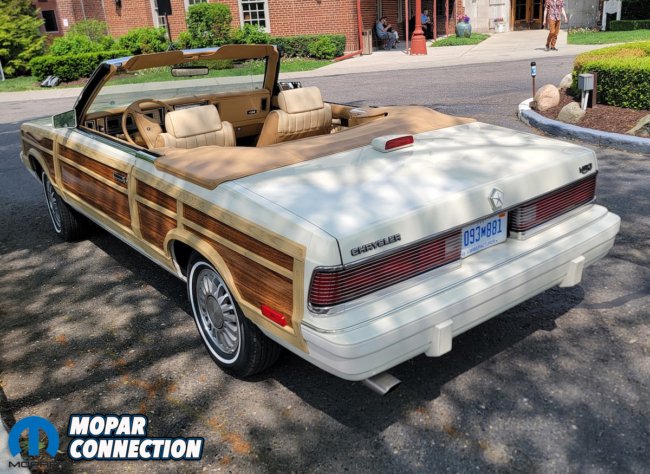
This car is powered by a turbocharged 2.2-liter engine that delivered 146 horsepower and 168 lb-ft of torque with help from a three-speed automatic. While this car packed substantially less power than anything else that was driven during the event, it actually drove great next to its older relatives.
The combination of front-wheel-drive and the relatively low curb weight coupled with the delightfully sharp throttle response of the turbocharged four-cylinder engine allowed this car to feel far more quick and nimble. Really, after driving the massive Cordoba with the smog era 360, driving this Town & Country Convertible made it clear why so many Americans were willing to switch to front-drive cars with small engines, as they did more with less.
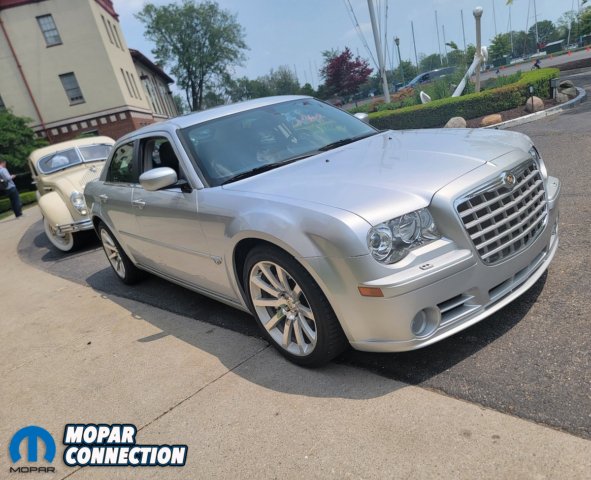
2005 Chrysler 300C SRT-8
The 2005 Chrysler 300C reintroduced America to the Hemi-powered performance car, leading the way for the Dodge Charger and Challenger, and the SRT-8 was the top dog in the 2005 lineup. The 6.1-liter Hemi under the hood was the company’s first real attempt at a proper, high performance car engine in decades and it proved to be a smashing success, laying the way for the monstrous SRT lineup. Like the legendary 426 Hemi, the 2005 Chrysler 300C SRT-8 Hemi offered 425 horsepower and, of course, that power was sent towards the rear wheels by means of an automatic transmission.
While many modern Mopar fans focus more on the Dodge lineup with the 700+ horsepower Challenger and Charger, this 2005 Chrysler 300C SRT-8 was the car that started the modern muscle car program. This was the most powerful car in the test drive lineup at the Chrysler 100th Anniversary event, allowing it to cover the quarter mile in the low 13-second range, making it substantially quicker than anything else at the event.
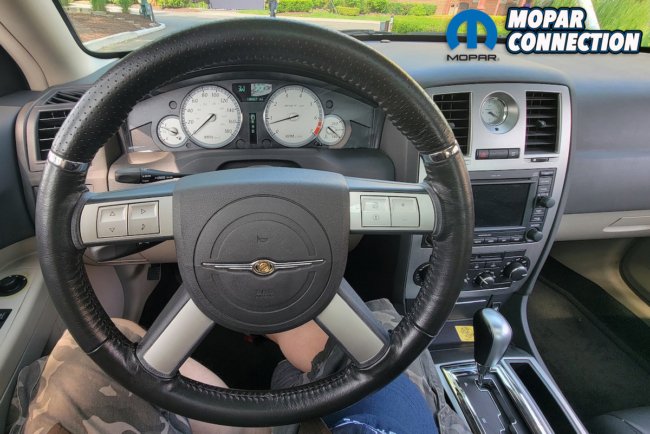
Again, the cars were being driven on Belle Isle, with a speed limit of 25 miles per hour and more police than you could imagine, so there was no real potential to really push the car anywhere near its limits, but just poking the throttle here and there showed how much the Hemi engine and the Chrysler 300 lineup had evolved from the first car back in 1955 to the modern era.
Like the classics, the 2005 Chrysler 300C SRT-8 combined performance and luxury, so the ride around Belle Isle in the sporty SRT seats with the air conditioning on and the radio playing provided the most comfortable ride of the day in addition to being the quickest and most powerful car of the drive event. This car served as the perfect bookend for experiencing the Chrysler performance lineup that started in the 1950s and continued through the 2000s.



